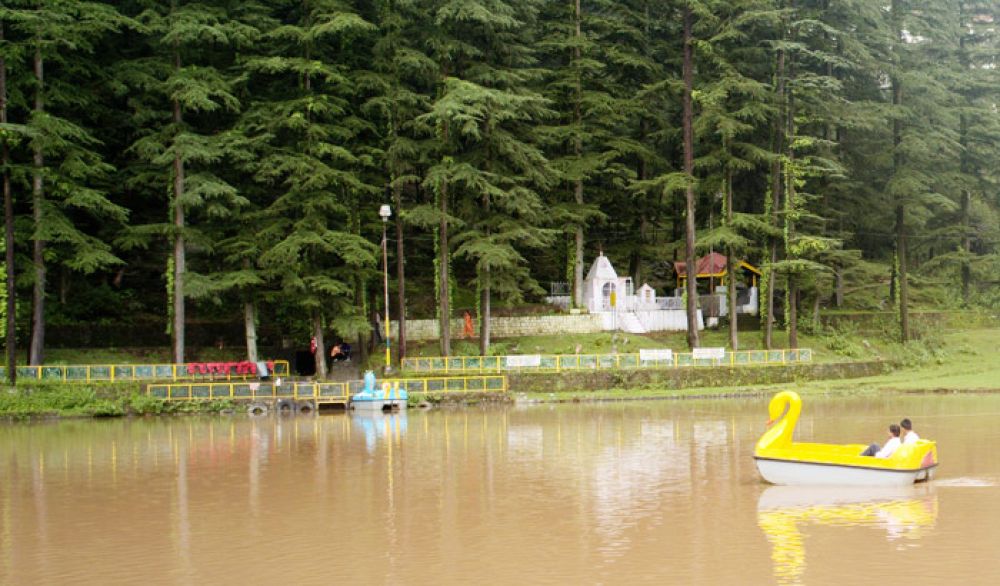

Dharamshala, a serene hill station in Himachal Pradesh, India, has long been a magnet for tourists seeking peace, natural beauty, and spiritual rejuvenation. Amongst its various attractions, Dal Lake Dharamshala is a quaint and serene spot that is a must-visit for any traveler to the region. Here we explore the historical tapestry and the latest tourism trends that encapsulate the experience of visiting this idyllic lake.
Dal Lake is named after its more famous counterpart in Srinagar, and though smaller, it carries its own distinct charm. This small mid-altitudinal lake is fringed by deodar trees and is located approximately 11 kilometers north of Dharamshala, near the village of Tota Rani. Tourism in this part of Dharamshala has seen growth due to its proximity to the residence of the Dalai Lama and the center of the Tibetan exile community in McLeod Ganj.
The tourism history of Dal Lake and Dharamshala is deeply intertwined with the region's rich spiritual heritage and natural beauty. Since the Dalai Lama made Dharamshala his home in exile in 1959, the area has witnessed an influx of international visitors seeking Buddhist teachings and a chance to meet the revered spiritual leader.
Over the years, the lake has played host to countless visitors who come here to enjoy the tranquil atmosphere and partake in local customs and festivals. One of the main attractions is the annual fair held in August/September which is a spectacle of culture and tradition, attracting tourists from far and wide.
In recent years, tourism trends in Dharamshala and at Dal Lake have evolved substantially. With the rise of eco-tourism, there has been an increased emphasis on sustaining the natural beauty of the lake and its surroundings. Adventure tourism has also seen a boost, with more trekkers and outdoor enthusiasts using Dal Lake as a base for their escapades into the surrounding hills.
Another trend is the increasing popularity of meditation and wellness retreats in the region, drawing on Dharamshala's spiritual legacy. Dal Lake serves as a serene backdrop for those looking to escape the chaos of urban life and engage in practices like yoga and mindfulness.
Digital integration into the tourism experience has also become quite pronounced. Visitors can now find a plethora of online resources to plan their trip, book accommodations, and learn about Dal Lake and Dharamshala before arriving. Through social media, the picturesque views of Dal Lake are shared globally, further attracting travelers searching for the perfect snapshot of India's natural splendor.
Cultural experiences such as homestays, cooking classes, and traditional craft workshops have also grown in popularity. Tourists are not just looking to see the sights but to immerse themselves in the local way of life, creating a more enriching and authentic travel experience.
Overall, the history and evolution of tourism at Dal Lake reflect a blend of the spiritual, natural, and cultural richness that defines Dharamshala. As tourism trends continue to evolve, the essence of Dal Lake remains unchanged, offering a peaceful haven for all who visit.